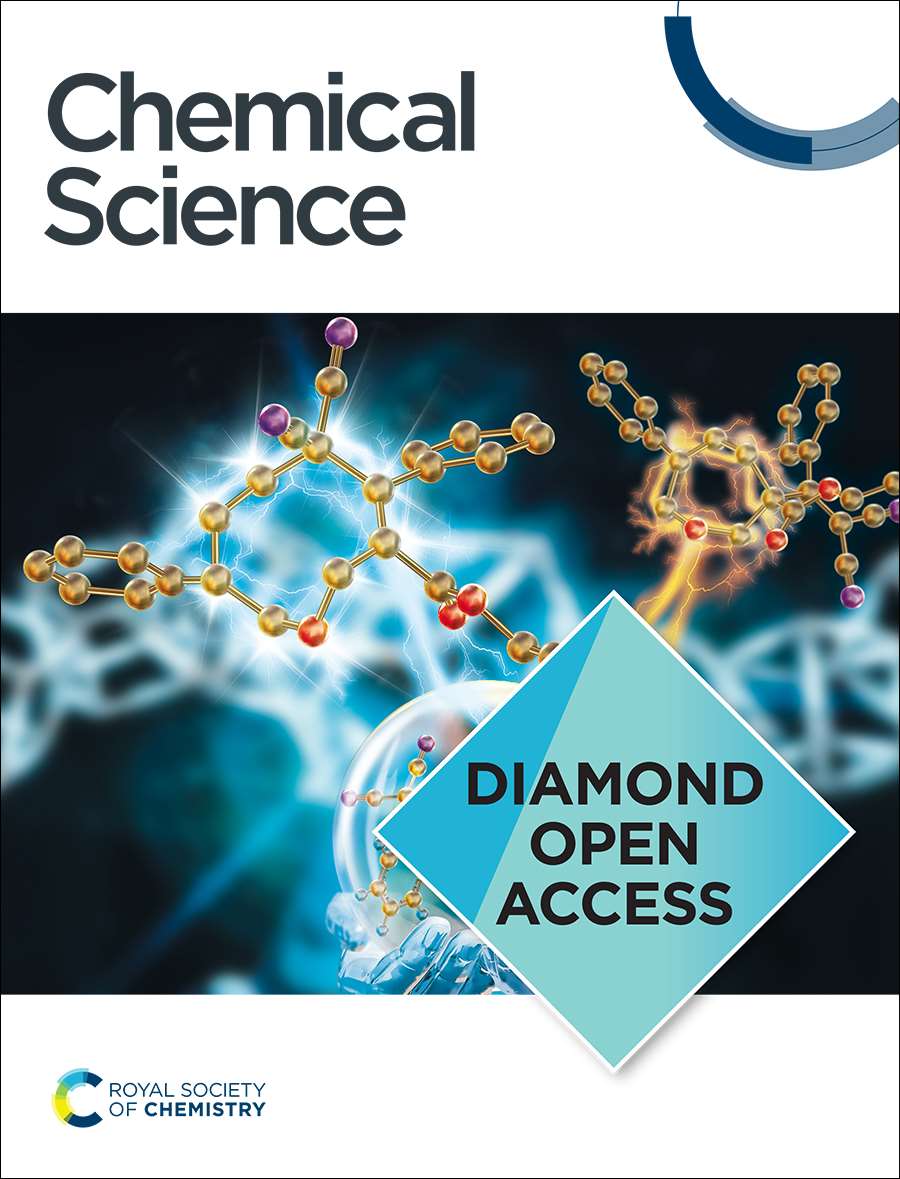羟甲基体dipys的光毒性:光笼是无害的吗?
IF 7.6
1区 化学
Q1 CHEMISTRY, MULTIDISCIPLINARY
引用次数: 0
摘要
光笼是一种光敏分子,可以在光照射下释放特定的化合物,通常具有生物相关性(例如,药物,细胞信使等)。与这些化合物一起,光笼本身被认为是释放的副产物。它们的(照片)细胞毒性几乎不为人所知,也很少被研究。为了探索这些化合物,我们合成了通常用作光笼的已知BODIPY衍生物,即WinterGreen和WinterRed。我们深入研究了它们在有机溶剂和磷酸盐缓冲液中的光物理性质。利用动态光散射(DLS)和光谱方法分析了化合物形成聚集体的过程,证实了化合物的j聚集体性质。在两个波长(510和645 nm)的光照射下,所有化合物在癌变(A549)和非癌变(RPE-1)细胞系中均表现出显著的光毒性。对有机溶液和细胞内活性氧(ROS)产生的研究表明,所观察到的光毒性是通过I型光动力治疗(PDT)机制产生的。这些发现强调了在生物学研究中对光笼本身进行更严格审查的必要性。它们远不是惰性的载体,它们可以发挥实质性的生物效应,在某些情况下,它们的活性甚至可以超过释放的治疗剂。本文章由计算机程序翻译,如有差异,请以英文原文为准。
Phototoxicity of Hydroxymethyl-BODIPYs: Are Photocages That Innocent?
Photocages are photosensitive molecules that can release specific compounds, usually of biological relevance (e.g., drugs, cellular messengers, etc.), under light irradiation. Along with these compounds, the photocages themselves are putative release byproducts. The (photo-)cytotoxicity of them is hardly known and scarcely studied. To explore these compounds, we synthesized the known BODIPY derivatives commonly used as photocages, i.e., WinterGreen and WinterRed. We investigated in depth their photophysical properties in organic solvents and phosphate buffer. The formation of aggregates by the compounds was analyzed by dynamic light scattering (DLS) and spectral methods, which demonstrated their J-aggregate nature. All compounds exhibited significant phototoxicity in biological assays upon light irradiation at two wavelengths (510 and 645 nm), corresponding to their absorption maxima, in both cancerous (A549) and non-cancerous (RPE-1) cell lines. Investigations into the reactive oxygen species (ROS) generation in organic solutions and intracellularly suggested that the observed phototoxicity arises via a Type I photodynamic therapy (PDT) mechanism. These findings highlight the need for greater scrutiny of photocages themselves in biological studies. Far from being inert carriers, they may exert substantial biological effects, and in some cases, their activity could even surpass that of the released therapeutic agent.
求助全文
通过发布文献求助,成功后即可免费获取论文全文。
去求助
来源期刊

Chemical Science
CHEMISTRY, MULTIDISCIPLINARY-
CiteScore
14.40
自引率
4.80%
发文量
1352
审稿时长
2.1 months
期刊介绍:
Chemical Science is a journal that encompasses various disciplines within the chemical sciences. Its scope includes publishing ground-breaking research with significant implications for its respective field, as well as appealing to a wider audience in related areas. To be considered for publication, articles must showcase innovative and original advances in their field of study and be presented in a manner that is understandable to scientists from diverse backgrounds. However, the journal generally does not publish highly specialized research.
 求助内容:
求助内容: 应助结果提醒方式:
应助结果提醒方式:


